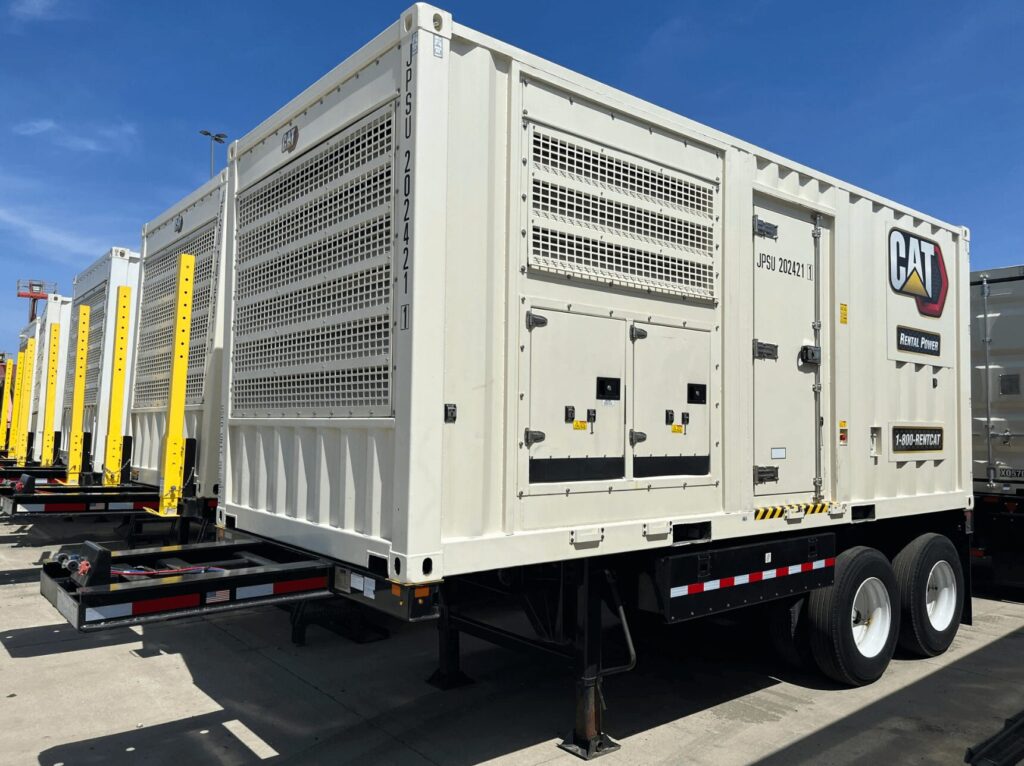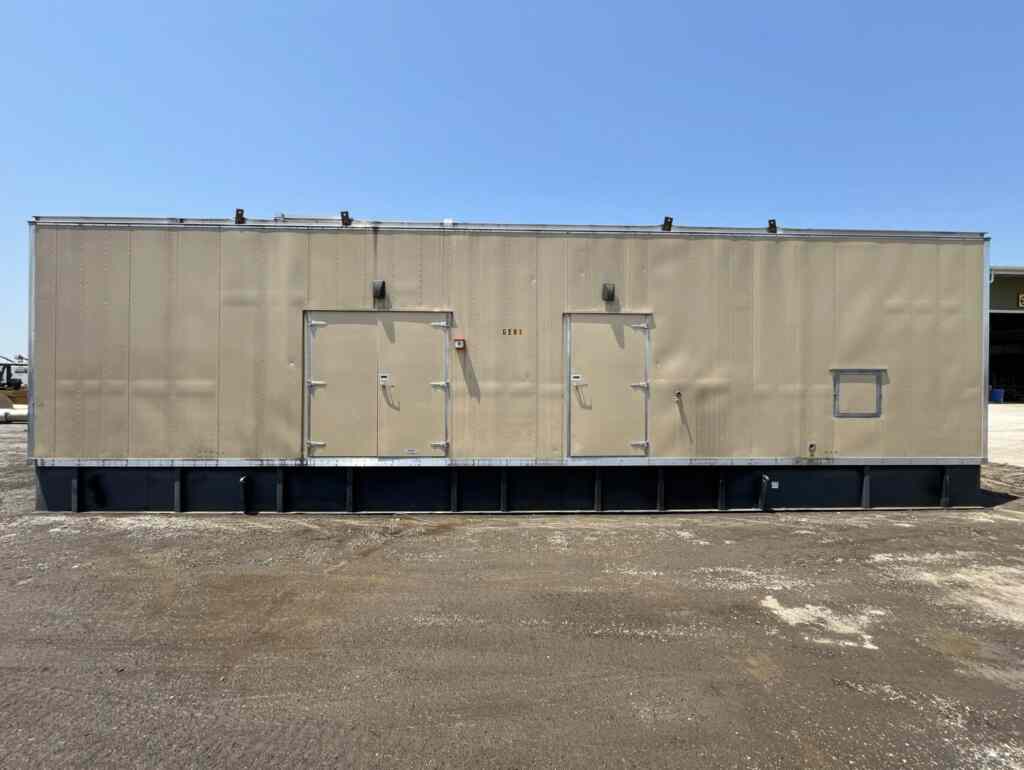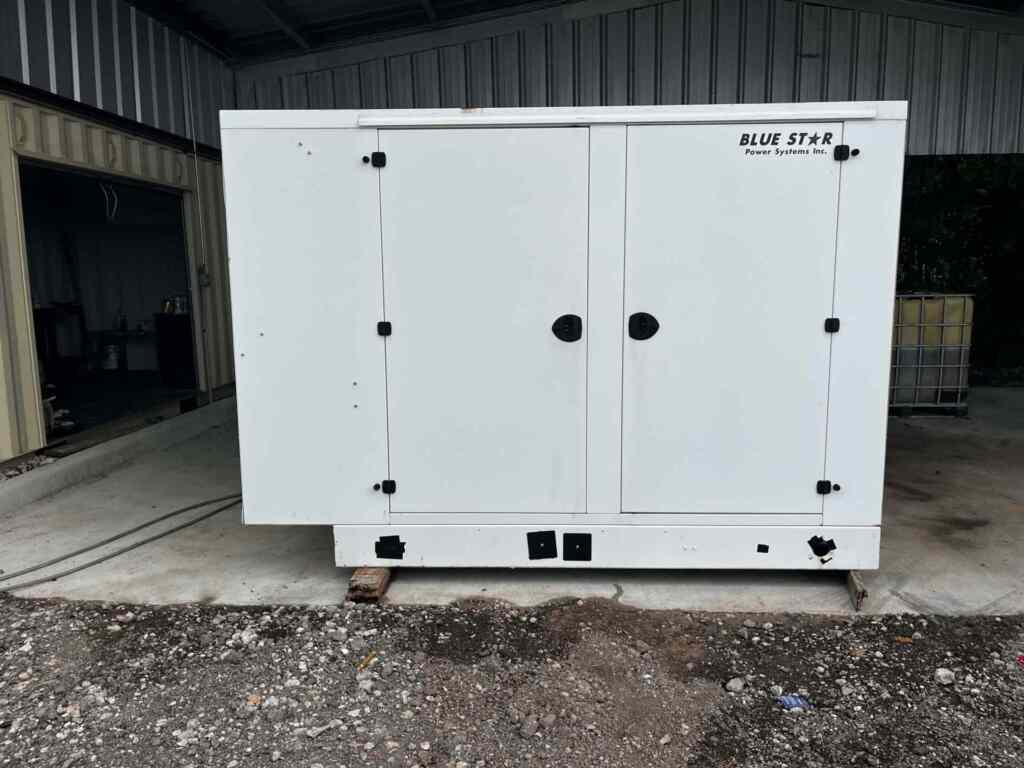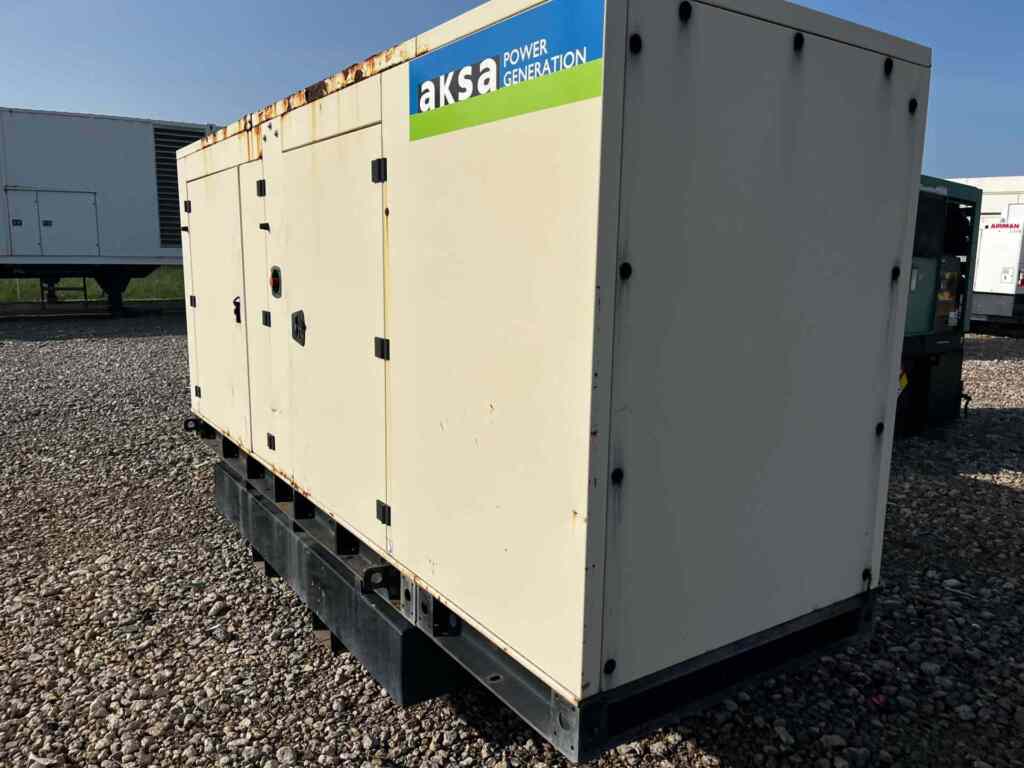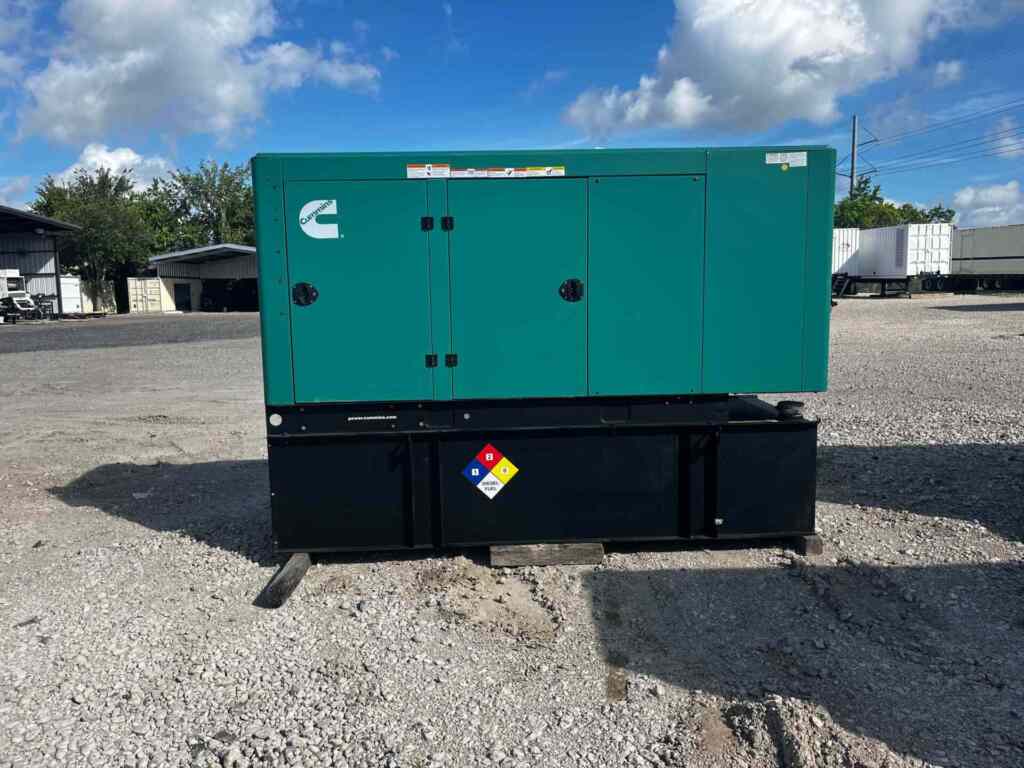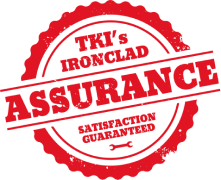Reliable power is critical for industries that rely on continuous operations. Whether for hospitals, data centers, or construction sites, choosing the right generator prevents costly downtime and ensures efficiency. Model numbers provide key details about a generator’s size, power capacity, and performance. Understanding them helps businesses make informed decisions and maximize reliability.
Breaking Down Generator Model Numbers
Generator model numbers are structured to convey critical specifications, helping buyers understand the power capacity, fuel type, and key design features of a unit. While different manufacturers have unique coding systems, most model numbers provide insights into power output, engine type, and additional configurations.
Manufacturers like Cummins, Caterpillar, and Multiquip follow a structured model numbering approach. Take the Cummins DQFAD QST30-G5 Standby Diesel Generator – Tier 2, for example. Breaking down its model number reveals key details:
- DQFAD: Identifies the generator series and design specifications.
- QST30-G5: Indicates the engine model (QST30) and its specific version (G5).
- 1000 kW / 1250 kVA: Defines its rated power output.
- Tier 2: Specifies its emissions compliance level.
Beyond the model number, the engine and generator end details further define its performance:
| Specification | Details |
| Fuel Type | Diesel |
| Engine Model | Cummins QST30-G5 |
| Engine HP | 1490 HP |
| Governor | Electronic |
| Cooling Method | Engine-Driven Radiator |
| Generator Manufacturer | Stamford Newage |
| Generator Model | HC.I634J1 |
| Voltage | 277/480V |
| Power Factor | 0.8 |
| Phase | 3-Phase |
| Frequency | 60 Hz |
| Main Breaker Amps | 1600 A |
| Fuel Tank Capacity | 2,400 Gallons |
Other manufacturers may incorporate additional letters and numbers in their model numbers to indicate automatic voltage regulation (AVR), enclosure type (sound attenuated or open skid), hybrid power configurations, or trailer-mounted setups.
Recognizing these patterns allows businesses to quickly assess a generator’s capabilities and determine if it aligns with their operational requirements.
How Model Numbers Reflect Generator Size
In most cases, larger model numbers indicate generators with higher power output. However, it is essential to understand that manufacturers use different coding systems, meaning interpretations can vary. While model numbers serve as a useful reference, relying solely on them may not provide the full picture.
To give a general idea of how model numbers relate to generator size, consider the following examples:
| Model Number | Power Output | Typical Applications |
| C20D6 | 20 kW | Small businesses, emergency backup for homes |
| C40D6 | 40 kW | Mid-sized businesses, larger homes |
| C100D6 | 100 kW | Large commercial establishments, small industrial applications |
While this table offers a broad understanding, verifying the manufacturer’s specifications remains essential. Additional factors, such as efficiency, fuel type, and operational requirements, should always be considered to select the right generator for your needs.
Interpreting Power Ratings and Efficiency Metrics
Selecting a generator requires more than just checking model numbers. Power ratings and efficiency metrics determine whether a generator meets operational demands without wasting fuel or underperforming. While kilowatts (kW) indicate actual power output, kilovolt-amperes (kVA) and power factor (PF) affect overall efficiency and performance.
Power ratings define a generator’s actual and apparent power, while efficiency metrics impact fuel consumption, operating costs, and equipment lifespan. Understanding these factors helps businesses choose a reliable and cost-effective generator.
The two primary metrics used in generator specifications include:
- Kilowatts (kW): The actual power output the generator delivers to run equipment.
- Kilovolt-amperes (kVA): The apparent power, which includes both usable power and energy lost due to inefficiency.
The relationship between kW and kVA depends on the power factor (PF) of the generator, typically rated at 0.8. This means:
- A 100 kVA generator with a 0.8 PF produces 80 kW of usable power.
- If the same generator had a 1.0 PF, it would produce 100 kW of usable power.
Efficiency metrics also impact generator performance. Running a generator at optimal loads (70% to 80% of its rated capacity) helps:
- Reduce fuel consumption
- Increase lifespan
- Prevent excessive wear and mechanical stress
Understanding power ratings and efficiency factors helps businesses choose generators that deliver optimal performance while reducing operating costs.
Matching Generator Model Numbers to Application Needs
Selecting a generator depends on multiple factors beyond its model number. Different industries have unique power demands, and choosing the wrong unit can lead to inefficiency, power shortages, or excessive operational costs. Below is a guide to various industries and the types of generators best suited for their applications.
Industry-Specific Generator Applications
| Industry | Generator Requirements |
| Agriculture | Reliable backup power for irrigation systems, poultry farms, and food storage facilities. |
| Airports | Standby generators for runway lighting, control towers, and critical navigation systems. |
| Banks | Uninterrupted power supply for ATMs, data centers, and security systems. |
| Construction Sites | Portable diesel generators for heavy equipment, lighting, and temporary power needs. |
| Cities & Municipalities | Emergency backup for water treatment plants, street lighting, and public services. |
| Data Centers | High-capacity standby generators for uninterrupted computing and redundancy. |
| Educational Institutions | Backup generators for classrooms, laboratories, and administrative buildings. |
| Rock Crushing Industry | Heavy-duty generators for continuous power in remote locations. |
| Hospitals | Low-emission, automatic transfer switch generators for life-saving equipment. |
| Hotels | Standby power for HVAC, elevators, and essential guest services. |
| Mining Operations | Rugged, high-kVA generators for off-grid, high-power equipment. |
| Oil & Gas | Explosion-proof, high-capacity generators for drilling and refinery operations. |
| Rental Companies | Versatile portable generators for temporary job sites and events. |
| Telecom | Backup generators to maintain signal towers and network infrastructure. |
| Water Districts | Reliable power for pumping stations and treatment plants. |
Matching generators to industry needs ensures reliability, efficiency, and cost-effectiveness. A generator used for a data center requires continuous uptime and redundancy, while one for mining operations must handle extreme conditions. By aligning generator model numbers with real-world applications, businesses can prevent downtime and optimize power usage.
Key Factors That Impact Generator Efficiency
Efficiency directly affects fuel consumption, operating costs, and overall performance. A well-optimized generator ensures reliable power while reducing expenses and extending equipment lifespan. Several key factors influence efficiency, including:
- Load Management: Operating a generator at 70% to 80% of its capacity improves fuel efficiency and longevity.
- Regular Maintenance: Routine servicing prevents performance issues and keeps the generator running smoothly.
- Quality of Components: High-quality engines and alternators contribute to better efficiency and reliability.
Considering these factors helps businesses optimize generator performance while keeping operational costs under control.
Get the Right Generator with Turnkey Industries
At Turnkey Industries, we simplify the process of finding the right generator by offering high-quality industrial power solutions tailored to various applications. Whether for standby backup, continuous operation, or large-scale industrial use, our generators are designed to maximize efficiency and reliability.
- A wide selection of generators from top manufacturers to meet different power demands
- Thorough inspection and refurbishment to ensure high-performance standards
- Expert guidance to help match model numbers and specifications to your needs
Find the right generator for your business today. Contact us to explore our inventory and get expert assistance.
 Turnkey Industries offers a variety of high-capacity
Turnkey Industries offers a variety of high-capacity 
